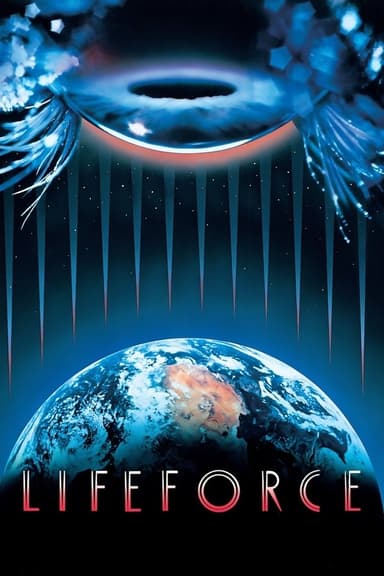
Vampyros Lesbos
1971 • Horror
An erotic horror tale about a vixen vampiress seducing and killing women to appease her insatiable thirst for female blood.
Runtime: 1h 29m
Why you should read the novel
Bram Stoker’s Dracula stands as one of the most influential horror novels ever written, weaving a chilling tale of seduction, gothic mystery, and existential dread. Far more than a mere monster story, the book is a study of Victorian anxieties—power, sexuality, and the unknown. Its epistolary structure and vivid characters draw readers into an atmospheric world filled with suspense and psychological complexity.
Reading Dracula provides an immersive experience unmatched by visual adaptations. The novel’s rich prose and intricate narrative layers invite interpretations that films rarely have time to explore. Characters’ inner thoughts, fears, and motivations are developed with nuance, allowing for deeper engagement with themes of corruption, desire, and resistance.
Exploring the original text is essential for understanding the vampire myth’s evolution in pop culture. Dracula offers insight into the origins of modern vampire lore, showcasing the subtleties and depth that have inspired countless filmmakers, artists, and writers—including those behind Vampyros Lesbos. The book remains essential reading for both horror fans and lovers of classic literature.
Adaptation differences
Vampyros Lesbos is only loosely based on Bram Stoker’s Dracula, borrowing some themes and concepts but transforming them through a psychedelic, eroticized lens. While Dracula centers on Count Dracula’s invasion of Victorian England and the battle between good and evil, Vampyros Lesbos moves the setting to contemporary (1970s) Istanbul and focuses on a seductive female vampire and her complex relationship with the protagonist, Linda Westinghouse. The Count Dracula figure is replaced by Countess Nadine Carody, radically shifting the story’s gender dynamics and perspective.
The tone of the film diverges significantly from the novel’s gothic intensity. Where Stoker’s work is filled with dread, paranoia, and religious symbolism, the movie embraces avant-garde visuals, sexuality, and dream logic, largely abandoning the source material’s structure and suspenseful buildup. Characters like Van Helsing and Jonathan Harker, central to the novel’s narrative, are absent or replaced with entirely new roles and relationships in the film.
The novel’s method of storytelling, built through letters, diaries, and newspaper reports, gradually unravels Dracula’s threat to British society—this is replaced in the film by a fragmented, sensual narrative that prioritizes atmosphere over plot coherence. Moreover, Stoker’s detailed explorations of superstition, science, and morality are mostly jettisoned in favor of suggestive, symbolic, and sometimes ambiguous erotic imagery.
Perhaps most importantly, Stoker’s novel presents the vampire as an external, alien threat to be conquered, reinforcing clear boundaries between good and evil. In Vampyros Lesbos, vampirism is portrayed with empathy—almost attraction—inviting viewers to identify with the Other rather than fear it. This shift from a tale of battle and conquest to one of seduction and internal transformation marks a profound departure from the book’s core sensibilities.
Vampyros Lesbos inspired from
Dracula
by Bram Stoker
















